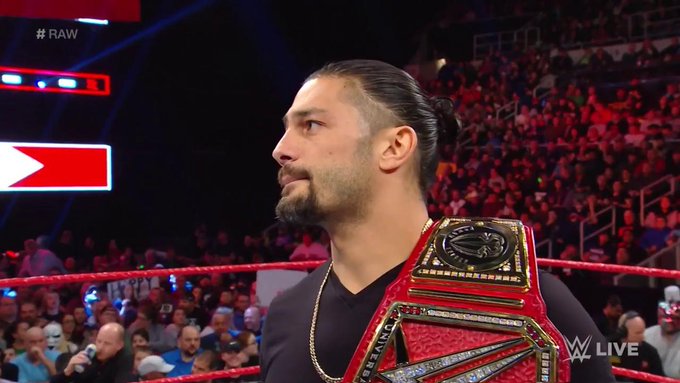The football world has quite a few amazing upcoming talents that will be valued a lot more in the next 5 years. These are my top picks:
Benjamin Pavard
The 22 year old centre-back took Stuttgart to promotion in 2016/17 and has prospered this past season, helping France to become world champions - being out of position at right-back, and scoring a screamer against Argentina.
Lucas Torreira
One of Uruguay's next generation of midfielders who was outstanding for Sampdoria and is a multi-talented midfielder with great tenacity and tackling. His good use of the ball should not be ignored either. Such players don't come cheap, costing Arsenal around €30 million, and will only go on to become more valuable.
Ryan Sessegnon
With a tender age of just 18 and already being called“The future of English football” is something special. It is not common for a teenager to be a key player, who largely plays as a full-back. He is a bundle of energy down the left side combining an incredible work ethic with football intelligence. In 58 first-team appearances he has scored 14 times, including a double this season from left-back and a hat-trick when played further forward, while providing a number of assists.
He’s already one of the best and most pivotal players for the Fulham side. Tottenham Hotspur, Manchester United, Liverpool and Chelsea have all shown serious interest in him.
Whether Sessegnon ends up a left-back remains to be seen. He's a better offensive player at this stage but in the hands of a good developmental coach, he can rise to the top.
Christian Pulisic
A 19 year old American who’s been attracting Chelsea,Liverpool,Bayern Munich and even Barcelona’s interest. He’s been setting records left and right. By the time he was 19, Pulisic had played 60 club games, scored nine goals and represented his country 18 times, with seven goals – bettering both Cristiano Ronaldo and Lionel Messi.He’s already the best player on the national team and he’s only 19.
Justin Kluivert
Recently signed for A.S. Roma, the youngster is destined to superstardom. A prodigious talent who has already forced his way into the Netherlands squad. Player of such lethal speed and wonderful skill is what landed him the big move in the first place.
Edit: Frenkie De Jong(Credits to Azrin Noor)
The Dutch midfielder has been somewhat of a revelation to the footballing world lately. A player with good control, smooth dribbles and dangerous passes, who can also dictate games, eager to go forward and can cut through several opponents with one quick move. With some even comparing his style to that of German legend Franz Beckenbauer.
De Jong is heavily linked to bigger clubs, especially Barcelona(surprise surprise). He was shifted into midfield because of his offensive style.But even when he plays in the middle third, he still drops deep and pushes the same aggressive ball movement.








